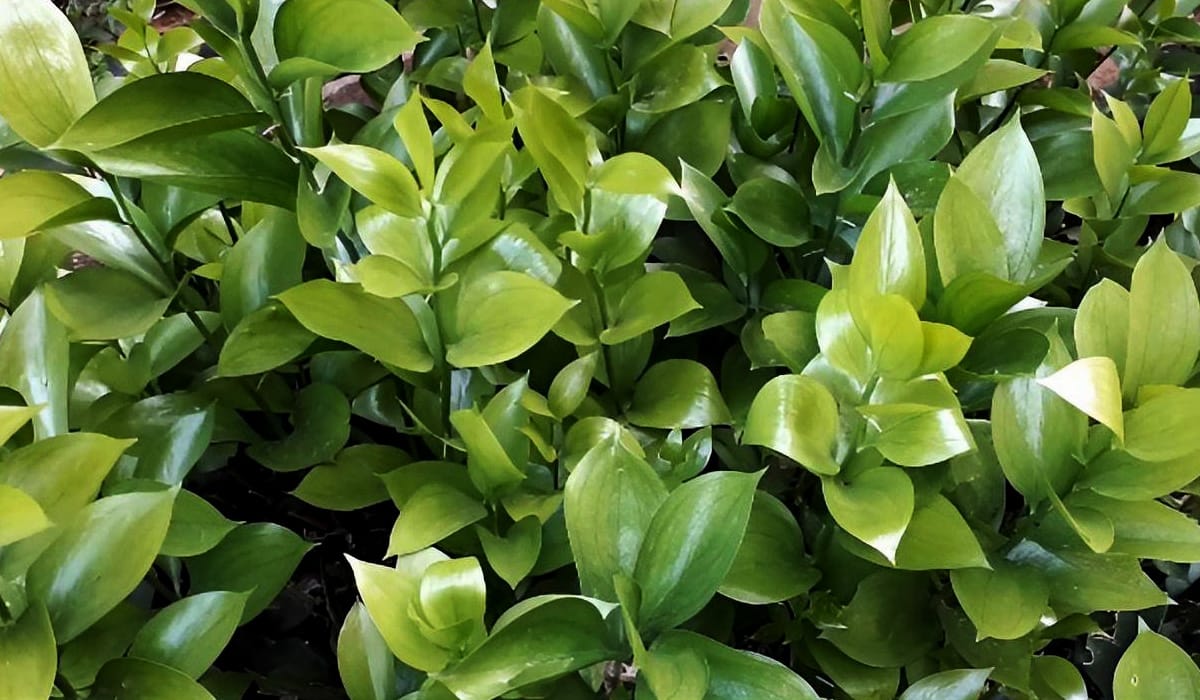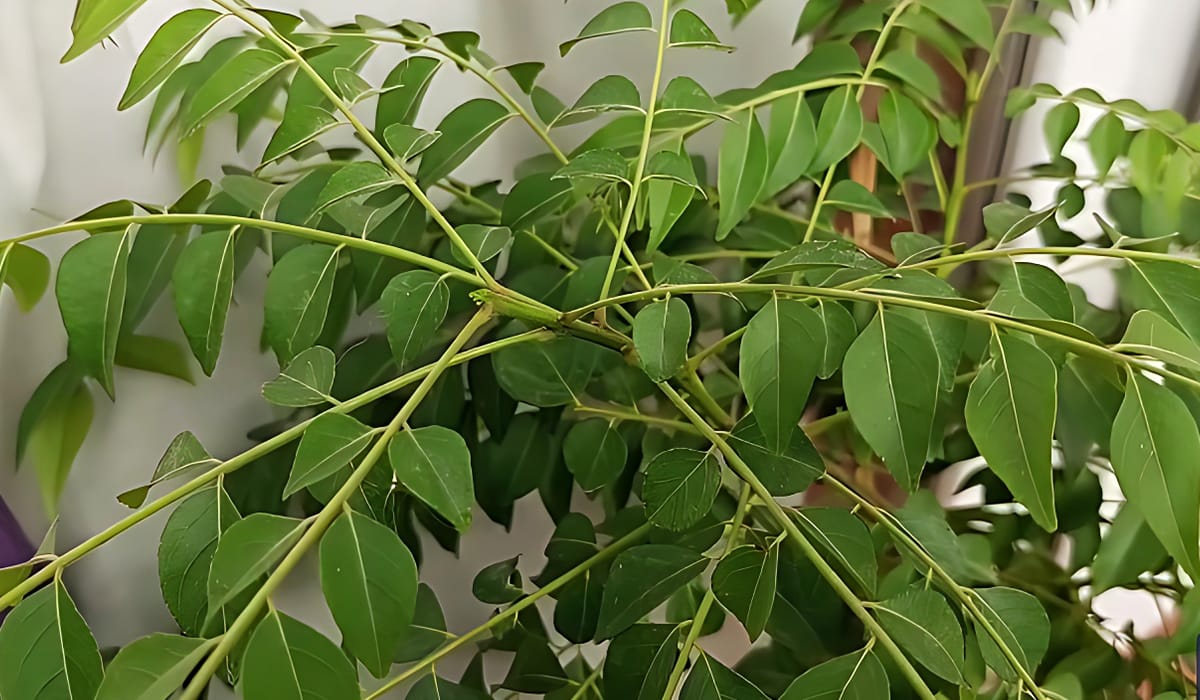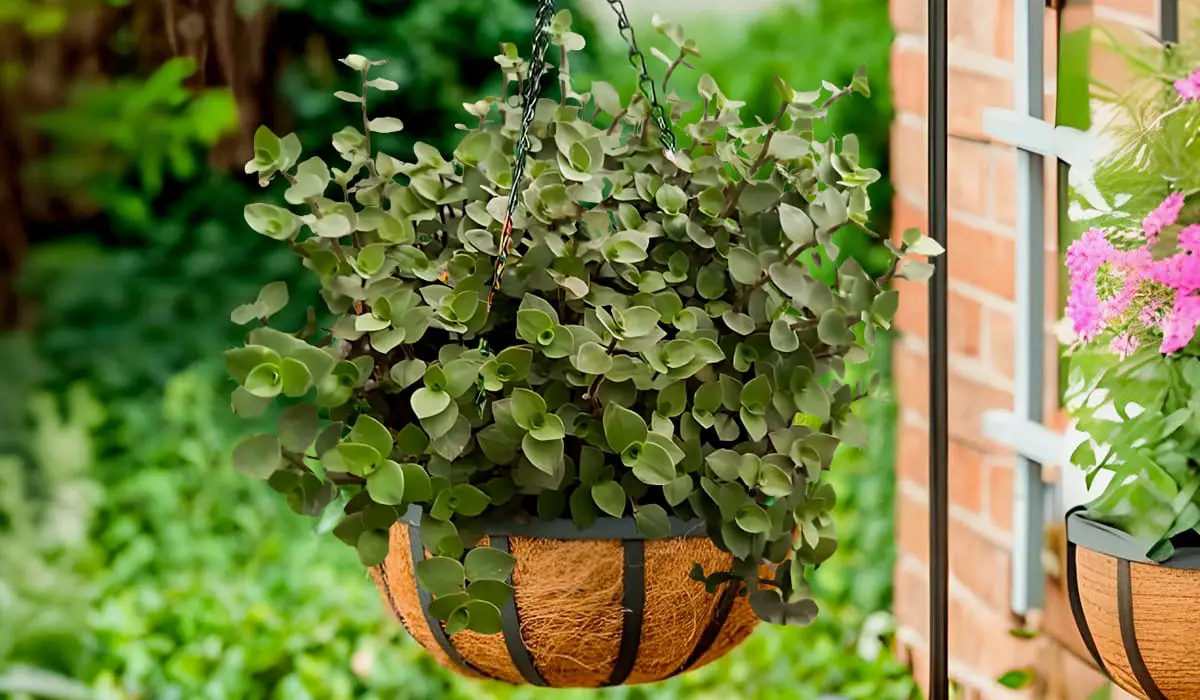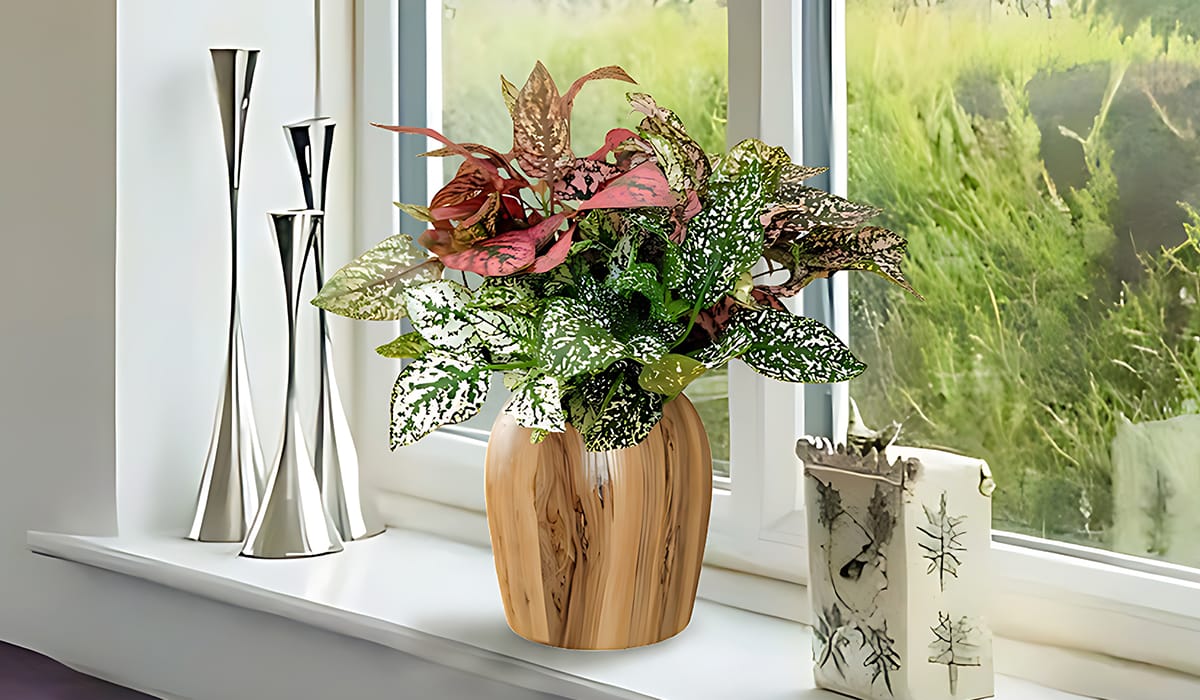Delving into the enchanting world of house plants is a journey that brings the beauty of nature indoors. Among the myriad choices, one plant that stands out with its striking visual appeal is the "Ring of Fire Plant." In this comprehensive guide, we will take you on a journey to discover the intricacies of caring for this captivating plant, unveiling its beauty while providing valuable insights into cultivation.

The Ring of Fire Plant
The Ring of Fire Plant, scientifically known as Episcia cupreata, is a true gem in the realm of house plants. Native to the lush tropical rainforests of Central and South America, this botanical wonder has found its way into homes around the world, captivating enthusiasts with its vibrant foliage. The poetic name "Ring of Fire" is a nod to the mesmerizing hues that adorn its leaves, resembling the flickering flames of a cozy fire.
Appearance:
The allure of the Ring of Fire Plant lies in its visually stunning appearance. The leaves, ranging from deep shades of green to fiery reds and oranges, create a kaleidoscope of colors that instantly elevates any indoor space. Take a closer look, and you'll be captivated by the glossy texture and intricate veining that adds depth and character to each leaf. It's not just a plant; it's a living masterpiece.
The plant's growth habits are equally fascinating. As it matures, it forms a dense, low mound, creating a lush and compact display. The trailing nature of its stems makes it an ideal choice for hanging baskets or as a ground cover in more extensive plant arrangements.
Ring of Fire Plant Care
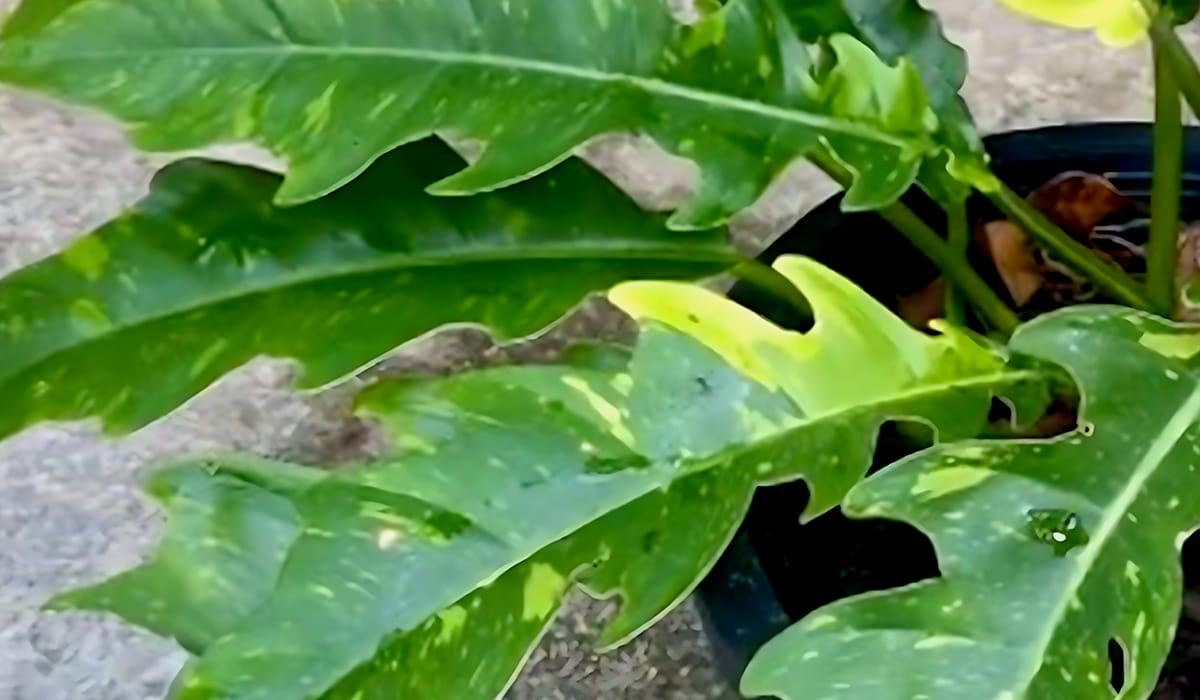
Successfully caring for the Ring of Fire Plant requires a nuanced understanding of its specific needs. Let's break down the critical aspects of care:
- Light: In its natural habitat, the Ring of Fire Plant thrives under the dappled sunlight of the rainforest canopy. When cultivating it indoors, replicate these conditions by providing bright, indirect light. Shield it from direct sunlight, as the delicate leaves are sensitive to intense rays that can cause sunburn.
- Watering: Achieving the right balance in watering is crucial. Keep the soil consistently moist, but avoid overwatering, as this can lead to root rot. Allow the top inch of the soil to dry between waterings. Using a well-draining soil mix aids in maintaining the ideal moisture level.
- Humidity: Hailing from humid rainforests, the Ring of Fire Plant appreciates higher humidity levels. Regular misting of the leaves or placing the pot on a tray filled with water and pebbles can create a microclimate that mimics its native environment.
- Soil: Opt for a well-aerated, peat-based soil mix to ensure proper drainage. This not only prevents waterlogged conditions but also provides essential aeration to the plant's roots.
Ring of Fire Plant Propagation:
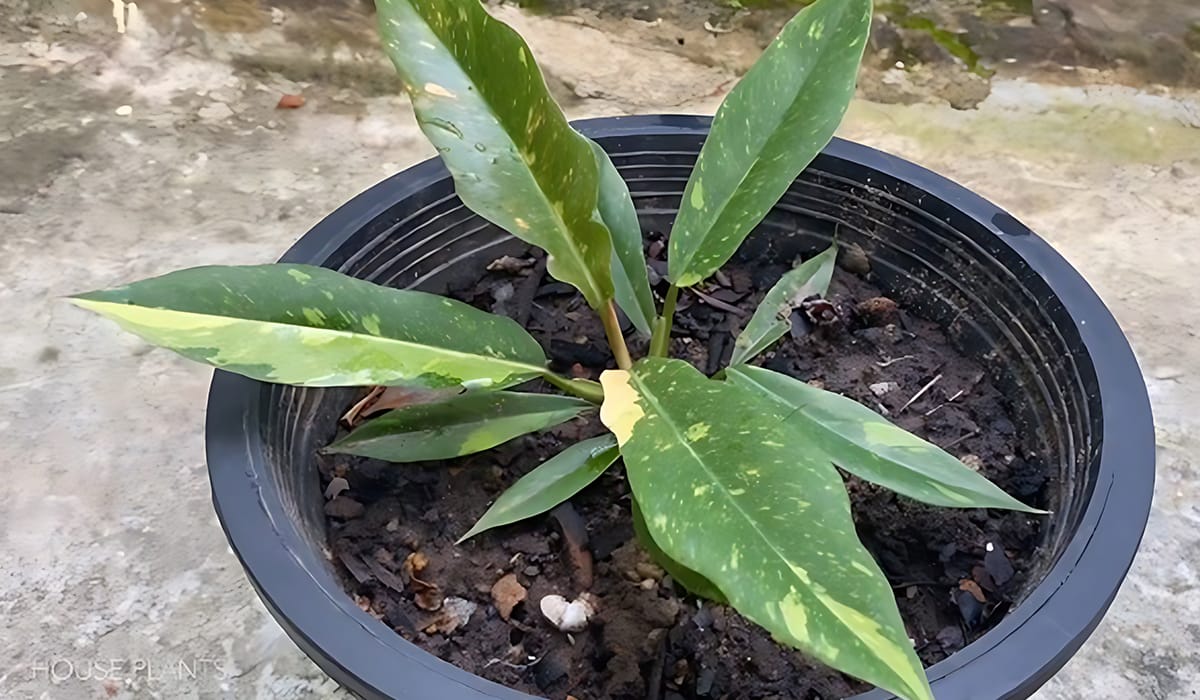
Witnessing the propagation of the Ring of Fire Plant is a rewarding experience for any plant enthusiast. Two primary methods are commonly employed:
- Division: When the plant matures and begins to form dense clumps, gently separate the rooted sections and replant them in individual containers. This process not only allows you to propagate the plant but also helps rejuvenate its overall health.
- Stem Cuttings: Take stem cuttings with at least a few leaves attached. Place the cuttings in a suitable rooting medium, such as perlite or a mix of peat and perlite. After roots have developed, transplant the cuttings into individual pots.
Common Issues and Solutions

Understanding and addressing potential challenges ensures the well-being of your Ring of Fire Plant:
- Yellowing Leaves: Yellowing leaves may indicate overwatering. Adjust your watering routine and ensure the soil has proper drainage to prevent water accumulation around the roots.
- Pests: Keep a vigilant eye for common pests like aphids or spider mites. Regularly inspect the leaves and treat any infestations promptly. A gentle wash with mild, soapy water can often help keep pests at bay.
Conclusion:
The Ring of Fire Plant is not just a botanical specimen it's a living testament to the wonders of nature that you can nurture within your own home. By embracing the guidelines provided in this comprehensive care guide, you'll not only ensure the well-being of your plant but also witness its vibrant beauty flourish.
Whether you're a seasoned plant enthusiast or a newcomer to the world of house plants, the Ring of Fire Plant is a splendid addition to any collection. Its vivid colors, unique foliage, and relatively low-maintenance nature make it a perfect choice for those looking to elevate their indoor gardening experience. As you embark on this botanical journey, remember that each leaf tells a story of resilience and growth, bringing the warmth of the tropics into your living space.
Consider expanding your indoor plant collection with other easy-to-care-for plants like
- Pink Chinese Evergreen
- Fiddle Leaf Fig Tree
- Monstera Albo
- Snow Queen Pothos
- Cousin It plant
- Snow White Waffle Plant
Each of these plants offers its unique charm and benefits.
Thanks for reading this article. if you have any questions must comment and contact our team. don't forget to share this article with your friends.

